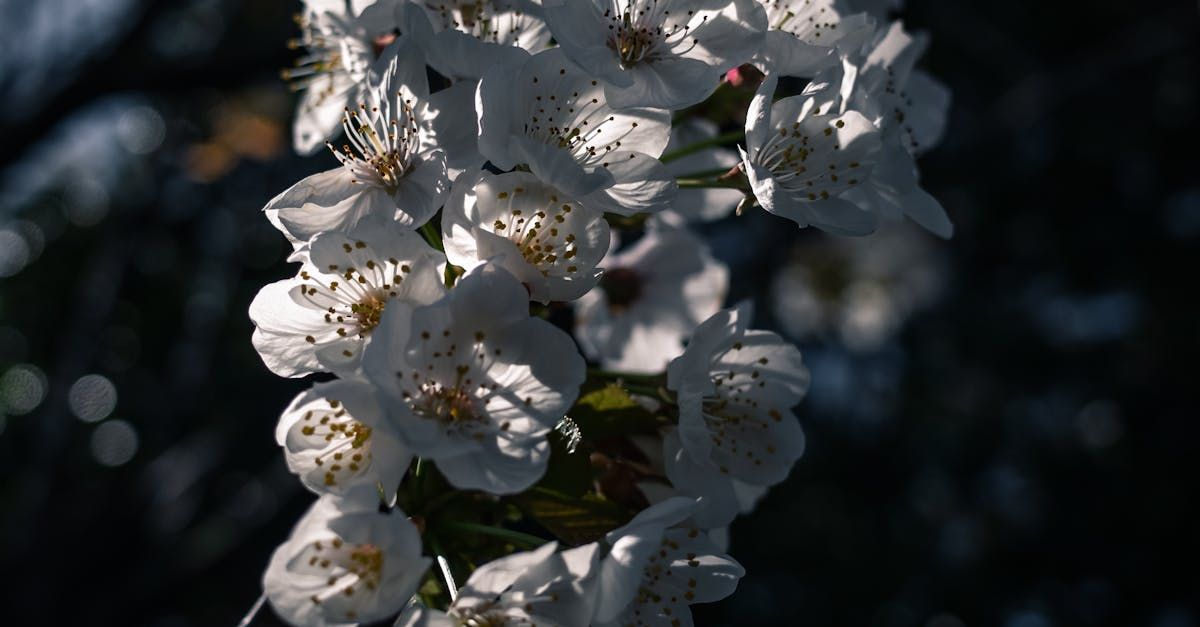Cannabis Ruderalis: Unraveling the Hidden Gem of the Cannabis Family
Unveiling Cannabis Ruderalis: Exploring the Mysterious and Distinctive Member of the Cannabis Family
When it comes to the world of cannabis, most people are familiar with Cannabis indica and Cannabis sativa, the two primary species. However, a lesser-known and often misunderstood member of the cannabis family exists: Cannabis ruderalis. Unlike its well-known counterparts, Cannabis ruderalis possesses unique characteristics and has played a crucial role in the development of modern cannabis varieties. In this blog, we will explore the enigmatic Cannabis ruderalis, its origins, distinctive features, and its contribution to the world of cannabis breeding.
What is Cannabis Ruderalis?
Cannabis ruderalis is one of the three main subspecies of the Cannabis genus, alongside Cannabis sativa and Cannabis indica. Native to regions with harsh climates, such as Russia, Central Asia, and parts of Eastern Europe, Cannabis ruderalis has adapted to survive in challenging environments. It is often considered the most resilient and fastest-growing subspecies of cannabis.
Distinctive Features of Cannabis Ruderalis:
- Size and Appearance: Cannabis ruderalis typically exhibits a smaller and bushier stature compared to its taller and more lanky counterparts, Cannabis sativa and Cannabis indica.
- Autoflowering Trait: One of the most remarkable characteristics of Cannabis ruderalis is its ability to flower automatically, regardless of light cycle. This autoflowering trait allows it to transition from the vegetative stage to the flowering stage based on its age, rather than relying on changes in light duration.
- Short Flowering Period: Cannabis ruderalis has a short flowering period, usually around 6-8 weeks, which is much quicker than the extended flowering times of Cannabis sativa and Cannabis indica.
- Lower THC Content: Cannabis ruderalis typically contains lower levels of THC (tetrahydrocannabinol), the psychoactive compound responsible for the "high" associated with cannabis. Instead, it tends to have higher levels of CBD (cannabidiol) and other non-intoxicating cannabinoids.
Contribution to Cannabis Breeding:
Cannabis ruderalis may not be widely grown for recreational or medicinal use on its own due to its lower THC content. However, its autoflowering trait and resilience have made it a valuable asset in cannabis breeding. By crossing Cannabis ruderalis with Cannabis sativa and Cannabis indica varieties, breeders have developed an array of "auto-flowering" cannabis strains that offer faster growth cycles and an easier cultivation process.
Autoflowering strains have become increasingly popular among home growers and commercial cultivators due to their ability to flower independent of light schedules. This trait has allowed for multiple harvests in a single growing season and greater control over the cultivation process.
While often overshadowed by its more famous siblings, Cannabis ruderalis deserves recognition for its unique characteristics and significant contribution to cannabis breeding. With its autoflowering trait, resilience, and faster growth cycle, Cannabis ruderalis has become the backbone of modern autoflowering cannabis strains, providing enthusiasts and cultivators with new possibilities and a wider range of cannabis genetics to explore. As our understanding of cannabis continues to evolve, Cannabis ruderalis serves as a reminder that there are still hidden gems waiting to be discovered within the rich and diverse world of cannabis.
SHARE:
Disclaimer: The information provided in this article is for educational purposes only. The content is not intended to be a substitute for professional medical advice, diagnosis, or treatment. Always seek the advice of your physician or other qualified healthcare provider with any questions you may have regarding a medical condition. The use of cannabis, including smoking, may have potential health risks and may not be suitable for everyone. It is essential to understand and abide by the laws in your country or state regarding cannabis use. The author and publisher of this article are not responsible for any adverse effects or consequences that may result from the use of the information presented in this article. This blog is sponsored by
Fresh Mint.












